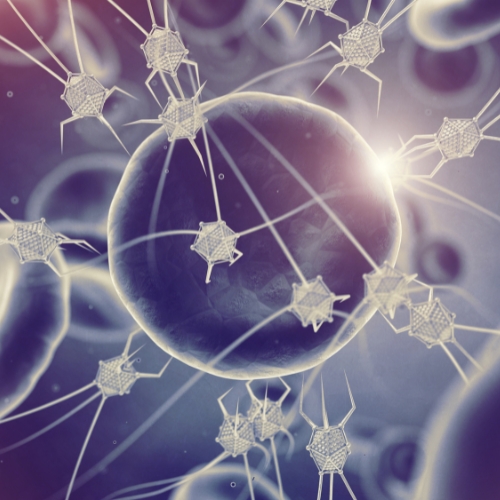Key points from article :
Researchers developed new software that allows to rapidly design and simulate DNA nanorobots.
Significant promise as medical technologies with applications in drug delivery and diagnostics.
New software, called MagicDNA, acts as a replacement for older ones that involved more manual design.
“Nanodevices that may have taken us several days to design before now take us just a few minutes," - Carlos Castro, Co-researcher.
Allows to design in 3D, which makes it easier to develop more complex objects.
“With this software, it is not hard to make robots or other devices with upwards of 20 components that are much easier to control,” - Haijun Su, Co-researcher.
Successfully tested some designs in the real world.
Will pave the way for therapeutic applications, including devices that recognize a pathogen in the bloodstream.
“We want to design robots that respond in a particular way to a stimulus or move in a certain way,” - Castro.
Research by Ohio State University published in Nature Materials.





